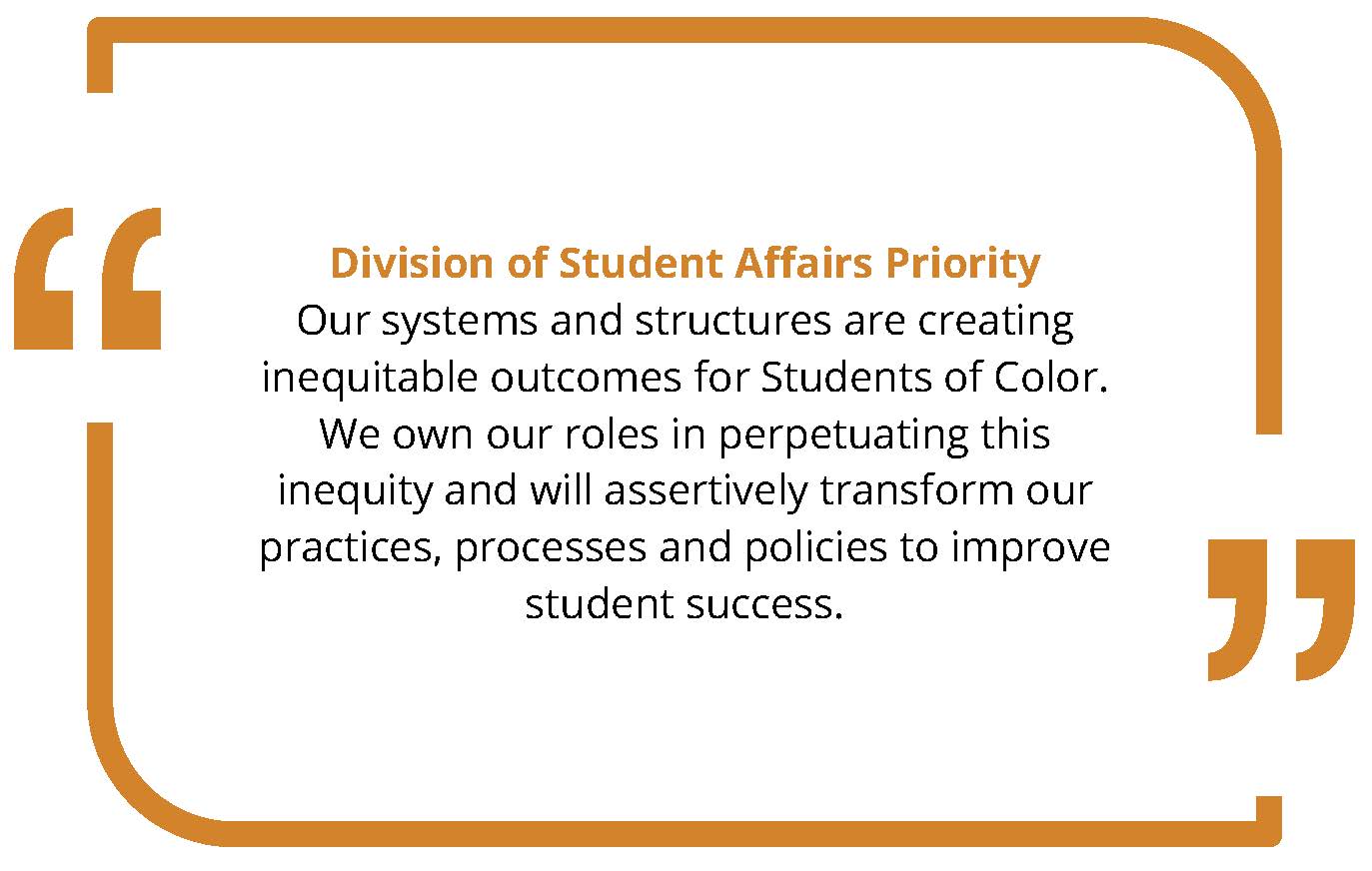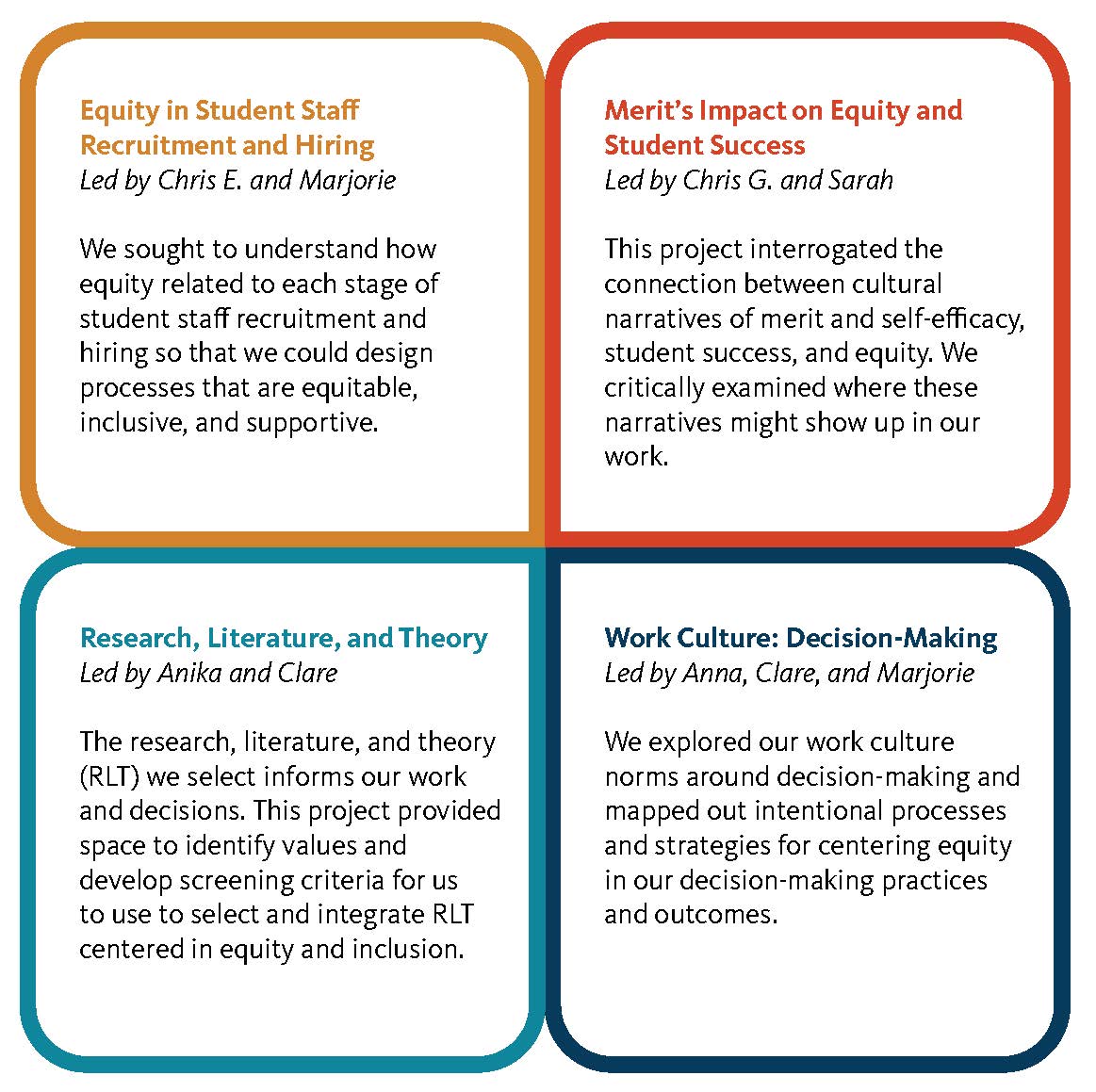By Anna Bentley and Brad Young
At Oregon State, every unit has some kind of operations work. Many units have positions dedicated solely to operations or admin support work, while others tack on these tasks to other types of positions. Some of the work is easier to define, like scheduling, office management and/or customer service, purchasing and fiscal support, human resources support, and technology management/support. But much of our work is not easy to define. We tend to be the ones folks go to when there are random bits and bobs that just need to get done. The work is often invisible and unglamorous until it is needed–and then, it is often needed immediately.
Operations work at Oregon State plays a crucial yet often invisible role in keeping our campus running smoothly. To make the most of this essential support, it helps to understand how best to work together. The following five recommendations offer practical ways to collaborate with operations staff, ensuring that both your needs and their expertise align for an efficient, effective campus experience.
1. Give us the tea. Keep us up-to-date on what is going on with your program, events, or other efforts. Operations roles are often the connective tissue, the grout between the bricks. When we are in-the-know about what’s going on, we may be able to identify opportunities for greater efficiencies, align efforts, and avoid potential pitfalls.
2. Ask if we’re the right person to do a thing. Operations and admin support roles across campus can be incredibly varied. Maybe you’ve worked with someone in a former unit who was responsible for scheduling, but someone with the same title in a different unit might be responsible for HR support tasks, purchasing and invoice processing, or customer service. Unless you’re certain it’s within our scope to do a certain task, it’s best to ask to make sure we’re the right person.
3. No need to apologize when making an ask. We love to provide operational support! It means a lot to us when folks acknowledge our work, but you don’t need to apologize when you ask for something. It’s not an inconvenience; it’s our job! It brings us fulfillment to play a part in helping our colleagues achieve their objectives.
4. Ask us about our processes, approaches, and timelines. We want folks to have realistic expectations for how long tasks will take. Some tasks are surprisingly quick, while other seemingly simple tasks can take a long time due to complex processes and workflows or technical limitations. We’re also typically balancing a lot of asks and interruptions at once. One way you can help us help you is by asking about our processes and timelines, giving us as much heads up as possible when you request something, and communicating how rigid or flexible your deadline is.
5. When in doubt, follow up. We are happy to update you if you’re wondering about where things are in the process. We want to keep you informed, but sometimes we need to be prompted because we are juggling a lot in our brain. If you’re worried that something slipped through the cracks, don’t be shy to ask about it—we want to make sure everything is taken care of and keep you in the loop.
As we begin our work implementing Prosperity Widely Shared and Thriving Together, many of our goals will require strong operations work across campus to achieve them. From making effective referrals for students, to holding knowledge of other services to avoid duplication of efforts, to facilitating communication within and across units, operations staff bridge the gap between otherwise siloed units. As we continue serving a high volume of students, we’ll need to get even better at this and improve operational efficiencies so we can help students get to the right place the first time and continue delivering high-quality services. By communicating regularly, understanding roles, respecting timelines, and following up as needed, you can help operations professionals provide the best support possible.
If you work in operations or admin support, what did we miss? What would you add? Let us know in the comments below.




